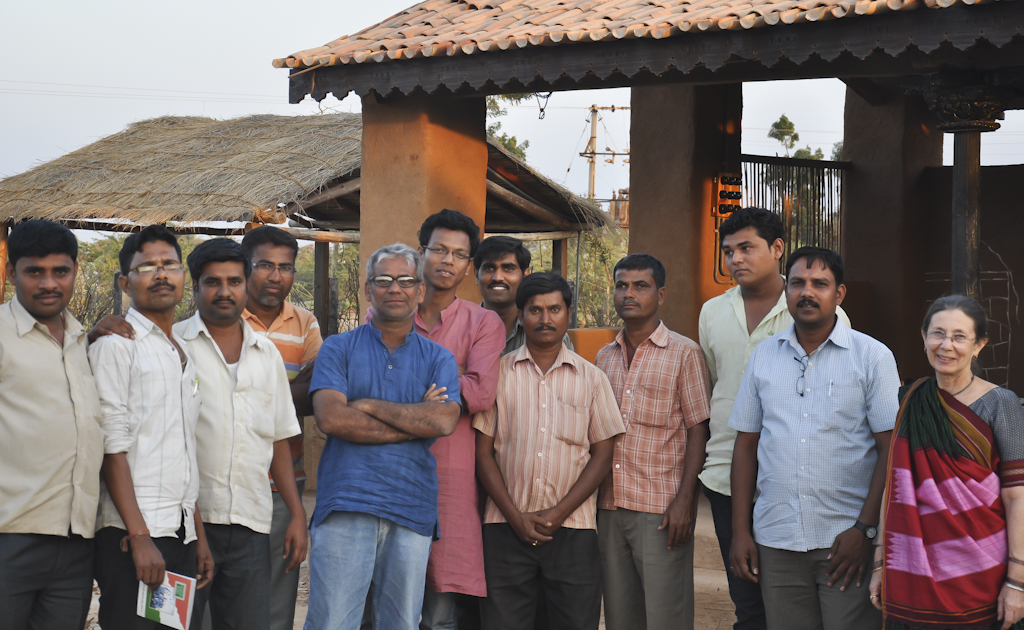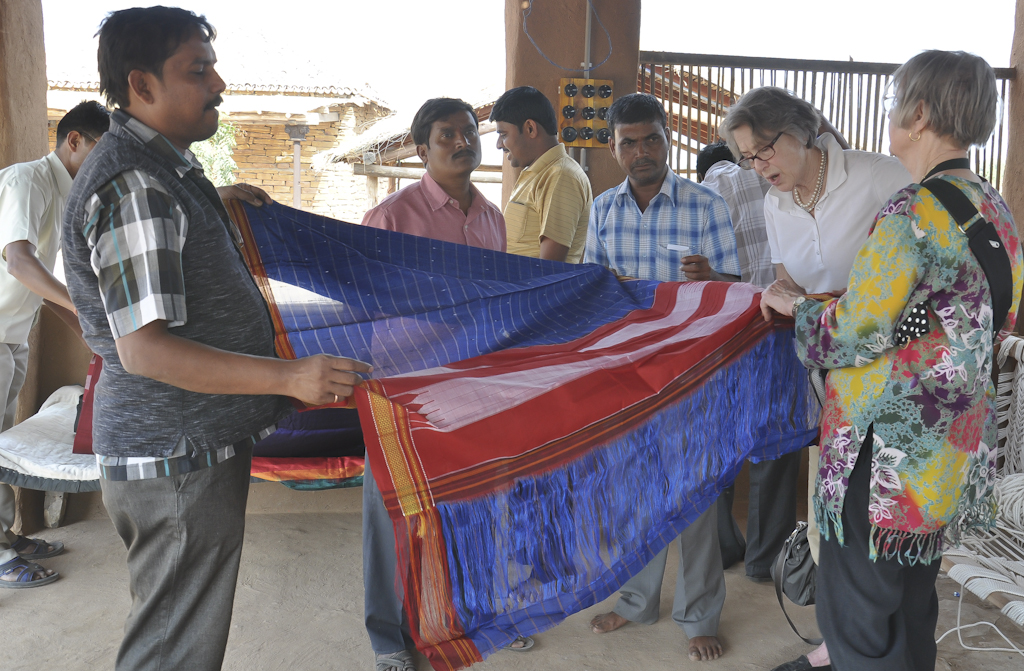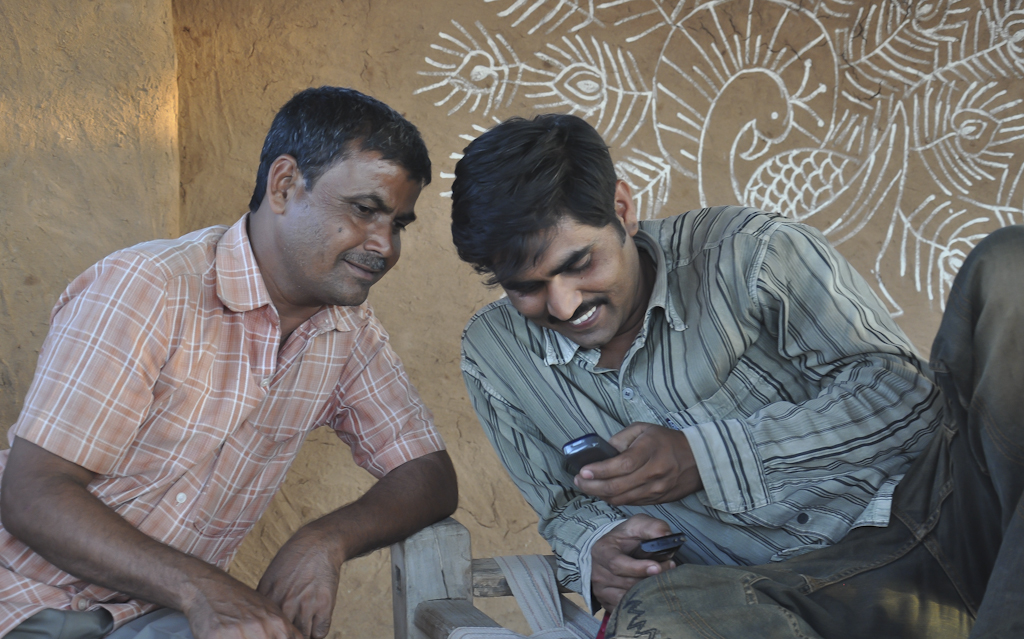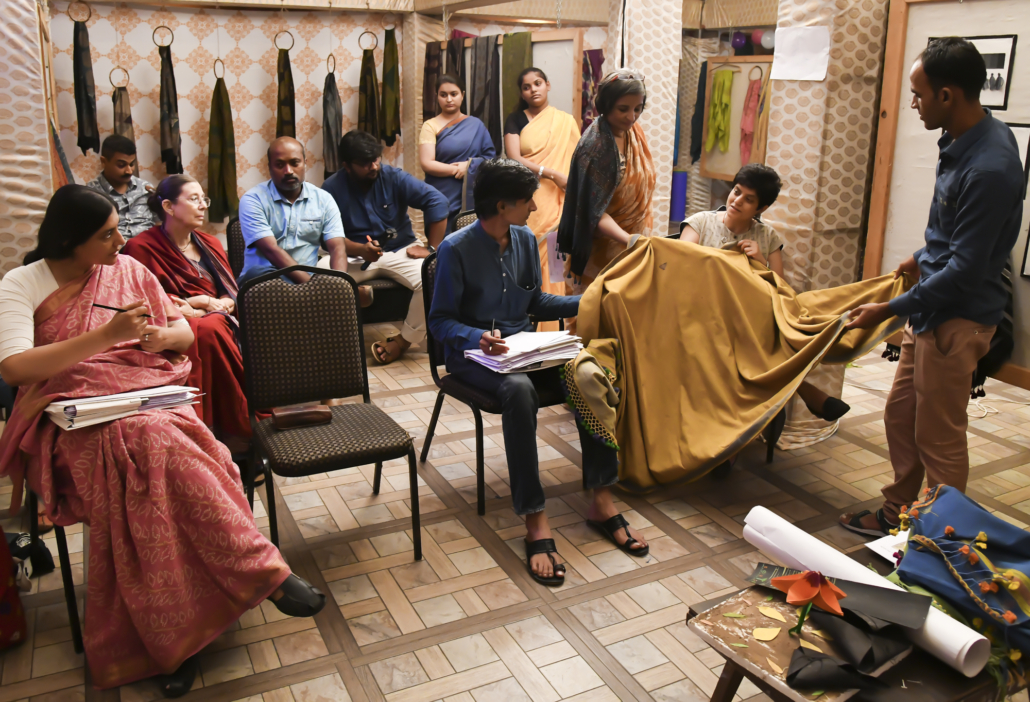Bhujodi to Bagalkot- Taking Artisan Design on the Road
The first night the weavers of Bagalkot left their village, Nilanjan got a panicked call. They were having trouble with their train tickets and couldn’t speak Hindi to talk to the ticket taker. Mr. Srinivasan, the cooperative trainer, had done a heroic job encouraging the weavers to take a risk– and now they had taken a leap into an unknown huge world outside.
We were taking a leap as well– as the first project of our new institute, Somaiya Kala Vidya. We met these six men on 7 March morning at Chamanbhai’s new enterprise, Dora ni Mani. Chamanbhai, a weaver of Bhujodi, graduated in KRV’s pilot group and has applied his creativity to establishing a center for traditional food, craft and culture.

The five weavers were smiling and Srinivasan was translating. We started without ceremony, compelled by the passion and urgency of handloom. Weaving is their life, and these five brave artisans want it to continue. They showed us variations of the Ilkal sari they make- rayon-silk, all silk, colour ways in the body (but not the borders and pallav). We talked technology and costing. They make RS 300 a day- for a team of three. Many weavers of Ilkal are now breaking rocks in a granite quarry where they make RS 400-600 a day. Others have gone to power looms, which make saris that look almost identical. There are 2,500 to 3,000 hand looms in their village, Kamatgi. We asked about the original sari- before chamka (rayon)? Before the dobby borders? We were a team – Nilanjan, LOkesh, our shining artisan designers and myself; we shared a love of tradition, a deep understanding of its value, and a thirst to explore creativity.

Srinivasan proudly showed the government solution to diminishing returns: Jacquard looms to make copies of Varanasi saris. He is a sincere devotee of this solution. But it has no connection to the beloved Ilkal sari, and it requires a change in skills that ultimately puts design in the hands of the master and irreversibly relegates the weavers to workers, not to mention endangering the identity of Ilkal saris.

Dayabhai told them the story of Bhujodi. When the village was devastated after the earthquake, many NGOs tried to “upgrade” them to Jacquard looms. The weavers refused. Our team showed them the variations they have made from the traditional dhablo. The weavers got it and were excited. Jan Baker, a professor from the Rhode Island School of design, who was instrumental in forming the design curriculum at KRV, did an impromptu review, stressing the importance of feel in a textile, colour, and nature.
We had lunch, they toured the artisan designer studios, and when they came back they said,
“We are ready to change!”
Srinivasan was also on board.
But what about language? Chaman drew the weavers into the conversation. He Srinivasan translate twice when he saw they weren’t tracking. In the end, he said, “language is not an issue. We will communicate through our work.” (He has been to Canada and he knows)
We zeroed in on materials and colour. Srinivasan showed the burn test to tell the purity of fiber. He smiled broadly. “I have been working with silk for decades!” he said. We made teams, recorded our partnership with cameras, and the weavers went off to explore the village and craft park. I told them we’d make the name Bagalkot famous and people will come to them; the re-development plan includes tourism. Sirnivasan was ready with a tourism brochure.
Our team was driven by the sense of greater good, and the desire to re-infuse a wonderful tradition. Each of us had an important contribution and we all felt the power of creativity.
The next day, I took a group of visitors from the USA to see the workshop. I asked the Bhujodi weavers to bring some products for a live demonstration. When we got there, the Bagalkot weavers showed their saris. The group looked politely and wowed the kundi (joined warps). Then someone spied the shop. And they all zoomed in. Within half an hour, the group purchased RS 150,000 of artisan designed weaving– and all of the Bhujodi weavers benefited. The Bagalkot weavers filmed it on their mobile phones. At the end, they excitedly reviewed and calculated– and everyone was sold on the project.




